This blockchain technology was first introduced by Stuart Haber and W. Stornetta. At that time the first work was done on the blocks safely using crytographically, precisely in 1991. Just in 1992, Haber and Stornetta collaborated with Bayer to create a merge between merkle trees and blockchain that can increase efficiency so that collected several documents into a block. The first distribution of blockchain, which became the point of popularity of digital technology was conceived by a Satoshi Nakamoto. At that time the distribution was not only done by him but also supported by a group of anonymous, precisely in 2008. In 2008, blockchain technology again very popular when applied as one component bitcoin or widely known as one of digital currency. This blockchain technology function in bitcoin is used for the ledger of all transactions. The use of blockchain in bitcoin itself, making bitcoin as one of digital currency that can be a solution of double expenditure. In 2014, this blockchain technology continues to innovate to release a version of blockchain 2.0 that its use more easily. Enables users to write smart contracts, more powerful and enables invoicing that can pay for themselves when the submissions arrive. It is also possible to share an automated certificate by sending the owner dividend when the profit has reached a certain level.
Blockchain technology has been successful with bitcoin and the subsequent development of various types of alternate coin such as Ethereum, RIpple and others. In addition to developing the application of blockchain technology in various industries. As in the digital music industry. However, the existing blockchain music services only focus on improving the established stream and distribution structure, and failing to address the underlying problems of the industry today. Generally blockchain music services are more concerned with third parties such as labels and agents than artists. Blockchain music services should utilize technology to provide innovative functions that revolutionize the music industry at its core. We introduce a platform called Maestro that is more concerned with the artist. For more details please read the following paragraphs. Or for detailed info please visit the website, read whitepaper and join in telegram maestro. If you are interested please join with Maestro on ICO.

Maestro
Maestro is focusing on fast software development of a smooth service for the music platform. Maestro uses EOS.IO-based blockchain technology. We chose EOS.IO because of its high scalability using parallel CPUs, far superior speed, and free transactions based on DPOS. To maximize profts for artists and minimize burdens for consumers, Maestro uses an EOS.IO-based blockchain that does not require any individual transaction fees from users. The cost of the blockchain is charged to the developer using EOS.IO. There are no costs apart from the coins deposited to the developer. We use EOS.IO blockchain technology to increase the benefts of decentralization for all users.
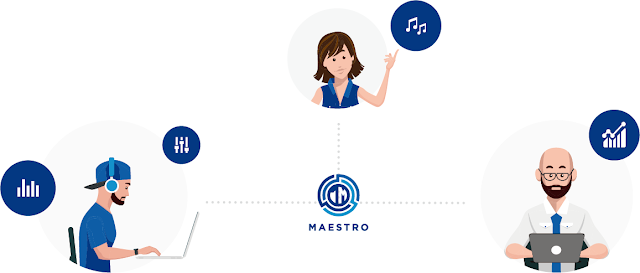
Maestro is primarily composed of two parts: "Symphony," the streaming service, and "Ensemble," the crowdfunding center. Artists can raise funds for their project prior to production through Ensemble. After completing the project, they can then distribute their creations and generate revenue through Symphony. The distribution and handling of rights, copyright, and transactions are all transparently executed through Symphony in accordance with data recorded on Maestro's blockchain
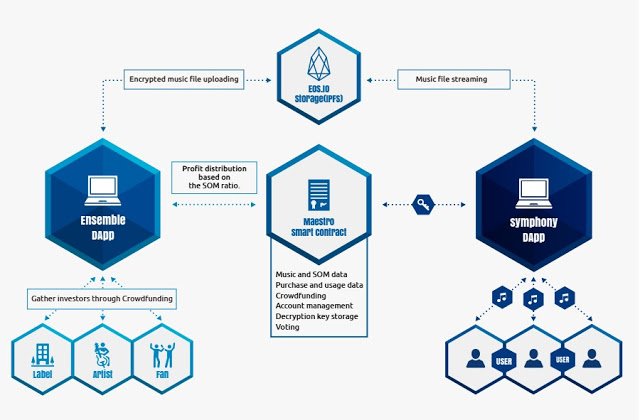
Current Production Process
Production companies receive funding as investment from labels to produce music. As such, they first transfer exclusive rights to the distribution. Even if only part of the rights are transferred, the artist should just distribute their music through the label. Once the contract is drawn, the artist has no choice but to follow the established process to receive proper funding and publicize their creations. With Maestro an Artist can make:
Crowdfunding for Music Production
To create an all-encompassing musical ecosystem, Maestro is focused on solving capital problems and providing a stream-based streaming streaming service. Maestro will solve this problem through crowdfunding. Crowdfunding is an alternative financial service that allows projects or businesses by raising money from many people. Already known as the business method used by Kickstarter and Indiegogo, funding of $ 16.2 billion has been invested worldwide through this method. Crowdfunding has solved funding problems for promising businesses and projects while creating new processes that enable early adopters to choose products to produce. Many projects, especially in the arts, have successfully started through this process.
Maestro wants to apply the concept of crowdfunding organically throughout the music industry. We aim to create an ecosystem where production costs are raised by fans and investors, and the benefits generated by streaming songs are distributed evenly amongst artists and investors. Blockchain technology will thus play an important role in providing funds to produce music and equitably distribute its rights.
Models of Reasonable and Breakthrough for Consumers
Maestro methods will bring more benefits to consumers as well. The Maestro service already makes sense of the pricing policy in which consumers pay according to the number of songs they have actually flowing. If consumers do not use any of the services provided, they are not charged. Maestro provides incentives to consumers by allowing purely playable subscription packages based on usage. This funding structure provides new investment and communication opportunities for consumers. Consumers can choose to communicate directly with artists and become active participants in their projects. If the projects they funded succeed, they can expect a share of the profits based on the amount of their investment. Maestro is the first blockchain platform through which consumers and artists can help each other for mutual benefit.
Maestro's Profit Structure
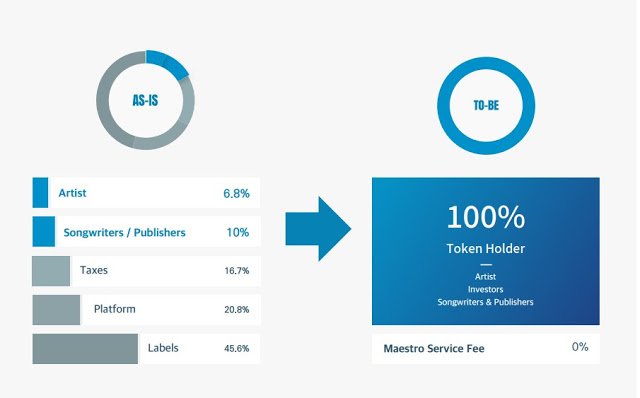
The proft model is primarily comprised of fees from the streaming service and crowdfunding. Fully 100% of profts are returned to the token holders. All profts are fairly returned to the token holders according to the ratio of tokens held. The Maestro System does not obtain any proft.
Funding and Token Distribution
MAEs are provided through snapshots of the wallets in Ensemble. Platform profits are allocated once per week. The Maestro team's goal is to decentralize the proft structure through blockchain technology. All platform profits are affected by the number of MAEs held. Unsold tokens will be destroyed. Due to inflation, issuance of additional tokens is expected to take place once per year, and further issuance is prohibited as a rule.

Goals to Attain
- Soft cap for ICO: None
- Hard cap for ICO: 62,000 ETH
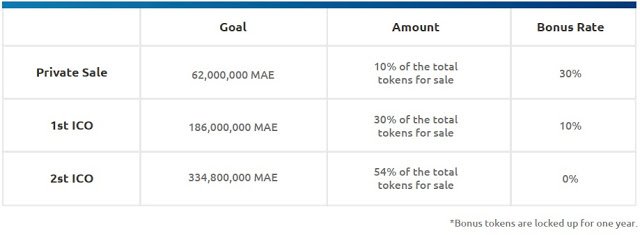
Token Allocation
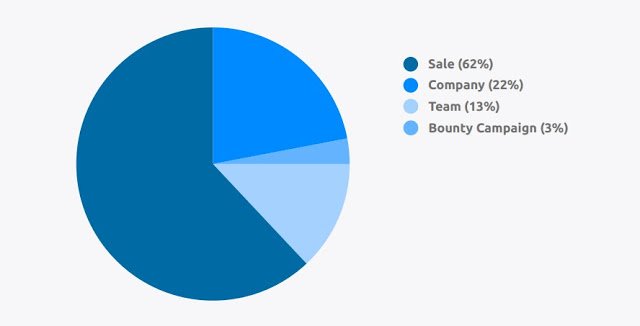
With the ever-increasing market growth every year we believe the Maestro project will be a success.
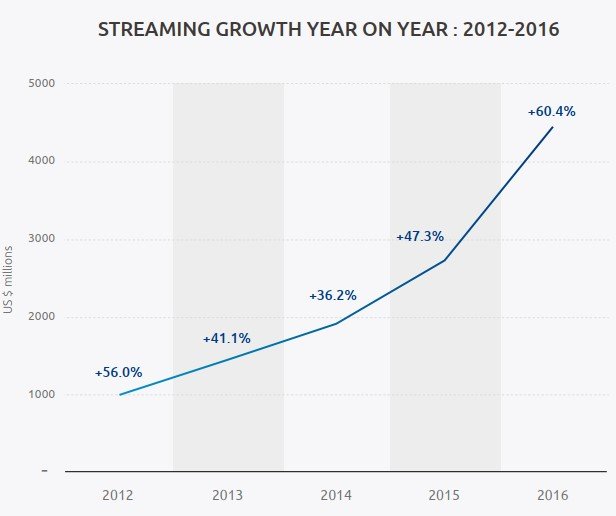
Therefore let us join with us on ICO Maestro which will be held on or follow this link. https://maestroproject.io/arm_login/?lang=en&restricted=page
For more information about Maestro, you can visit links below:
========================================================================
Website : https://maestroproject.io/
Whitepaper : https://drive.google.com/file/d/1BNTYyrSiE0mh5Uh0UCWN9Z6SDMRof3gv/view?usp=sharing
ANN Thread : https://bitcointalk.org/index.php?topic=4391640.0
Facebook : https://www.facebook.com/rightchainlabs/
Twitter : https://twitter.com/MaestroProject1
Instagram : https://www.instagram.com/maestroproject/?hl=ko
Telegram : https://t.me/maestroico
Youtube : https://www.youtube.com/channel/UCJrgPLexmtA4hA6ux5GTpQQ/
Medium : https://medium.com/@maestroproject
Linkedin : https://www.youtube.com/channel/UC1JuSyCHmTqyYxsMZc55WHA
GitHub : https://github.com/maestro-project
========================================================================
Username Bitcointalk : Arifandi
Bitcointalk Profile : https://bitcointalk.org/index.php?action=profile;u=1566717
ETH Address : 0x8d05B599687942Ed4EC008a95EEAa9565B738924